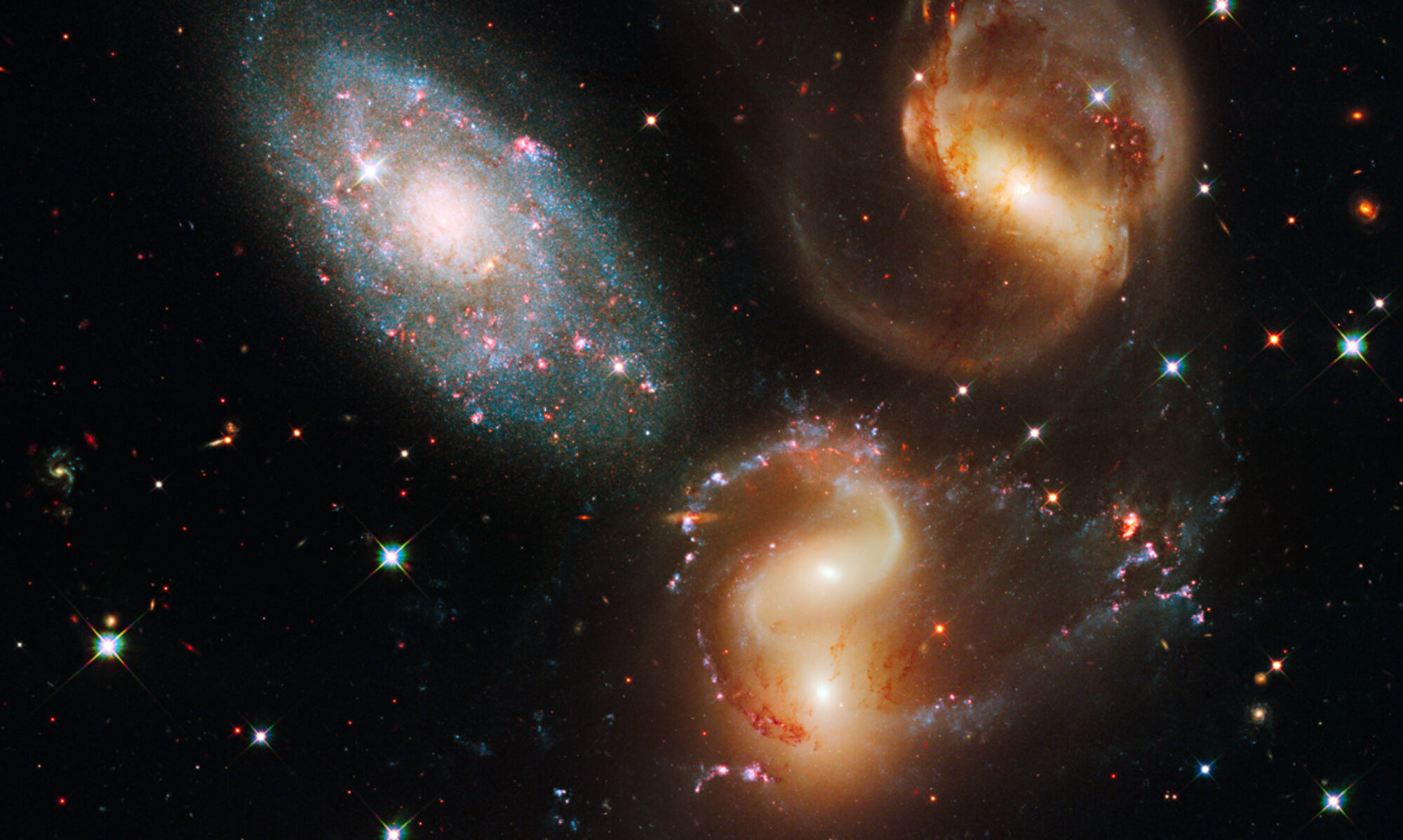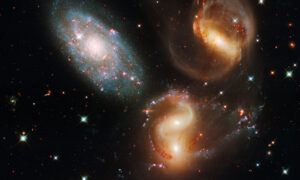A new bachelor thesis under my supervision, with the title Spectral analysis of galaxies at high redshift (z<9) using the JWST, started at the Department of Astrophysics, University of Vienna. 
Here is a short description:
Plenty of information about galaxy formation and evolution and their physical properties can be derived from galaxy emission lines (ELs). The interstellar medium (ISM) conditions such as the metallicity, ionization, and density, as well as the physical properties such as star formation rate and dust attenuation can be derived using ELs. EL ratio diagrams can be used to disentangle if the dominant ionizing sources in galaxies are star formation or active galactic nuclei (AGN).
Studying ELs at different redshifts enables an understanding of how the physical conditions of galaxies change over cosmic time. Since strong rest-frame optical ELs move to the (near-)infrared at higher redshifts, James Webb Space Telescope (JWST) spectroscopy is very useful to analyse rest-frame optical ELs of galaxies up to z=9.
For the started bachelor thesis under my supervision, publicly available data from JWST will be used for a spectral analysis of high redshift galaxies.

 Today I am starting a new position as a Vienna University Assistant at the
Today I am starting a new position as a Vienna University Assistant at the  role of AGN and (cluster) environment on galaxy evolution and on quenching. These topics are part of Christian Maier’s top 5 extragalactic astronomy publications.
role of AGN and (cluster) environment on galaxy evolution and on quenching. These topics are part of Christian Maier’s top 5 extragalactic astronomy publications.